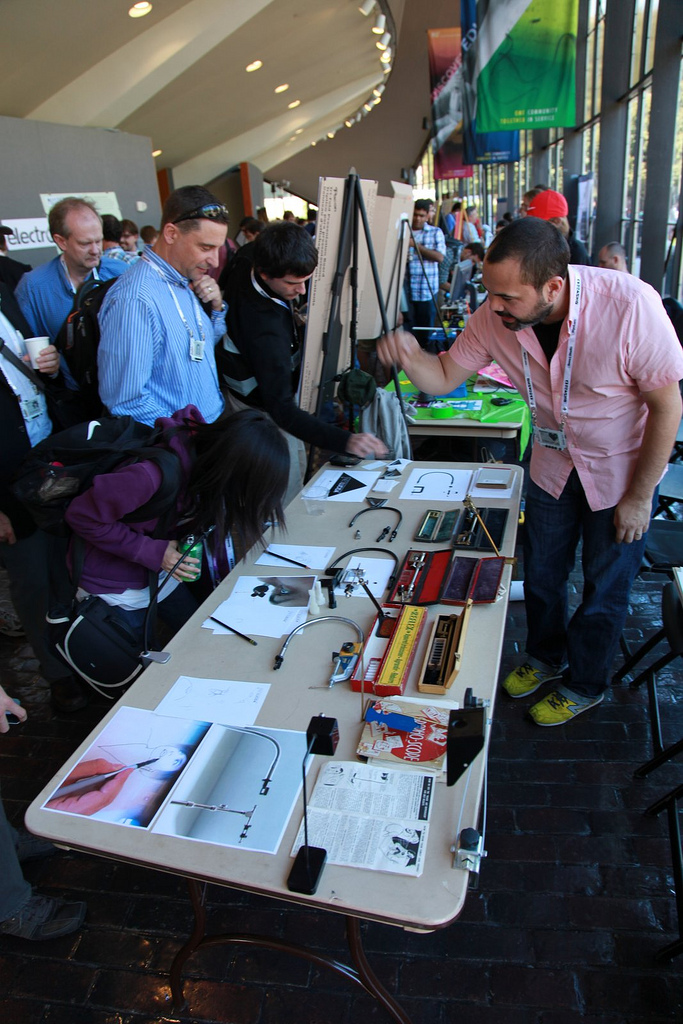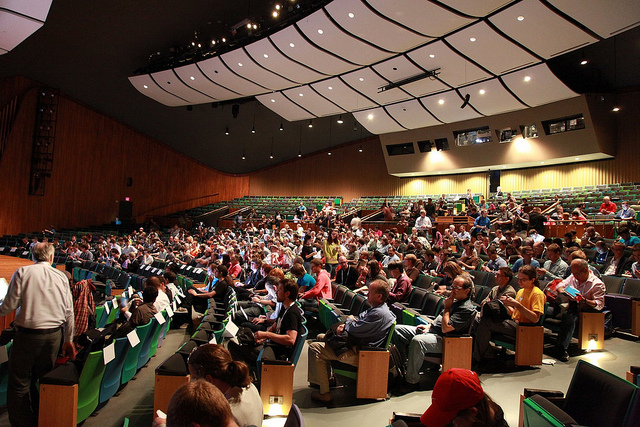Read this article in Fortune regarding Bill Gates view on income inequality.
True, Piketty's approach is not perhaps fine tuned enough. Some people are using their wealth to good purpose, better than government could ever re-purpose. The parble of the three servants can be seen as a long surviving anecdote regarding that. But found approach by Gates largely futile too. There needs to be at least some qualification.
What kind of business investment is "good"? An arms manufacturer or a pure commodity harvester (oil, tar sand, mining) are far less socially redeeming than something which actually directly helps or enriches people. Both jobs and output must be considered. Global direct education or communications seem to have both redeeming qualities in jobs and output... think microfinance. It is not a given that an entrepreneur is doing socially good work.
Charity is the same in reverse. A charity that promotes some sort of idealistic crusade (that squashes one group in favor of another, or promotes an idea or group without useful social output) is also not redeeming to the world at large. Again the goal has to be examined.
That consumption is bad is not always clear, even conspicuous consumption ala Veblen. Consumption for consumptions sake, of things that neither have nor produce lasting value (effectively destruction), is bad. But one could say the great projects of the New Deal or the Great Pyramids were an excellent way to consume resources - in a way that was socially "uplifting" and made a lasting mark. A car or a yacht are not (generally) lasting marks, nor is the average McMansion. BUT the mansions at Newport transcend. The great railroad empires transcend. Museums endowed (consumed) by benefactors transcend. {And it is disingenuous to call such a charity BTW}.
That the rich consume into channels of lasting value that build infrastructure and businesses is a good thing. A tax on pure capital misses the point. A progressive tax on magnitude of consumption misses the mark too. It is more about an independent social view of what is, and is not, worthwhile for society writ large. The question is how to get the capital out to something with lasting or ongoing value. Sorry not to have a good answer.
Direct voluntary giving to the poor has a better chance of working than any of the above. Shame on all of us if we know how (or have the means to know how) to give back well - yet never do.
Emulate ROMs at 12MHz With Pico2 PIO
1 hour ago



